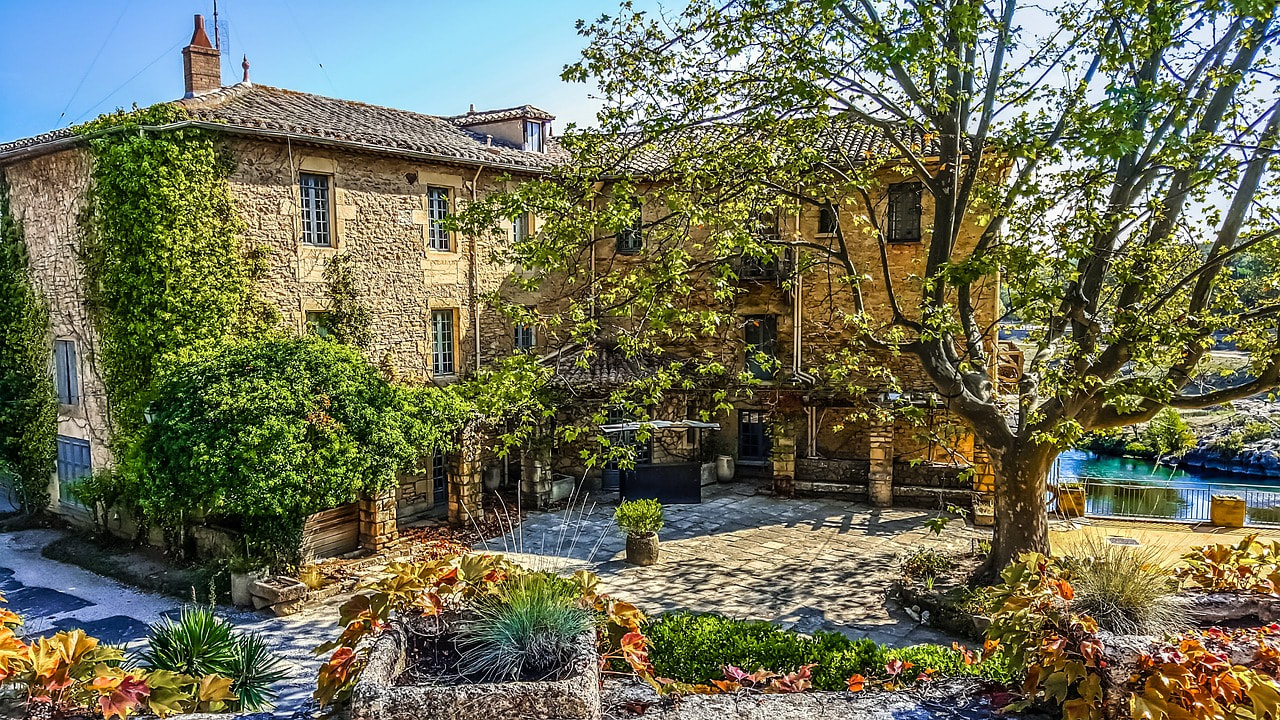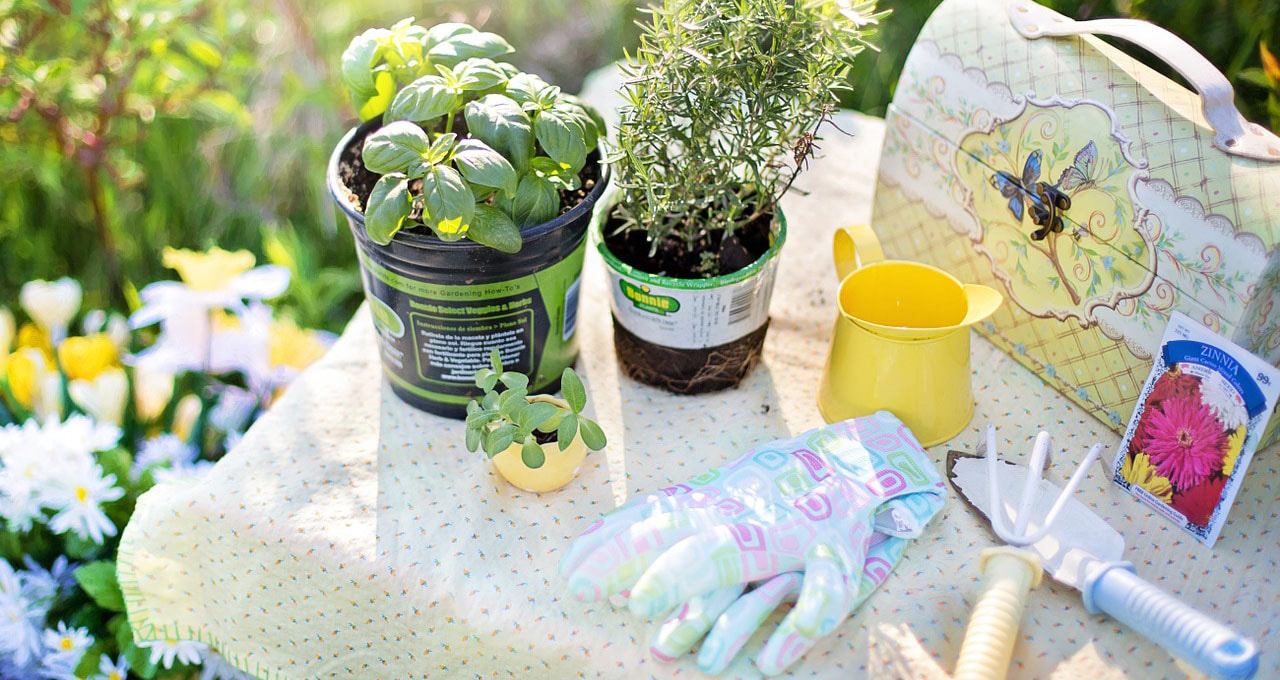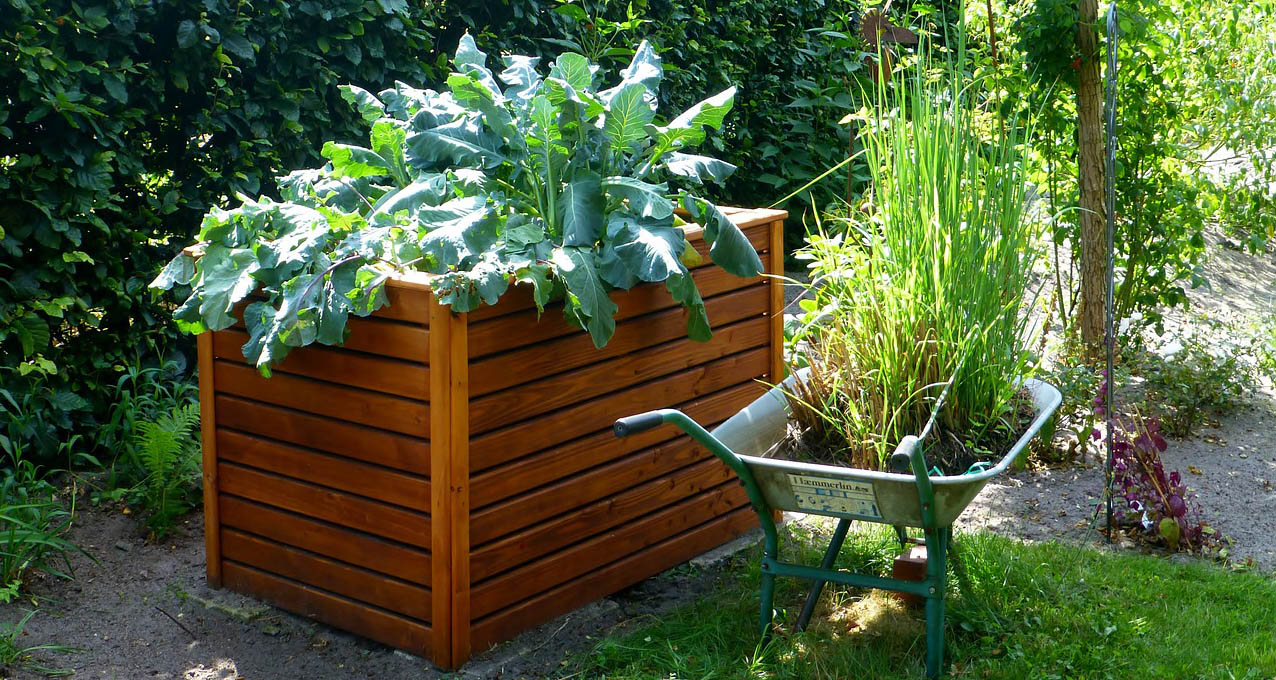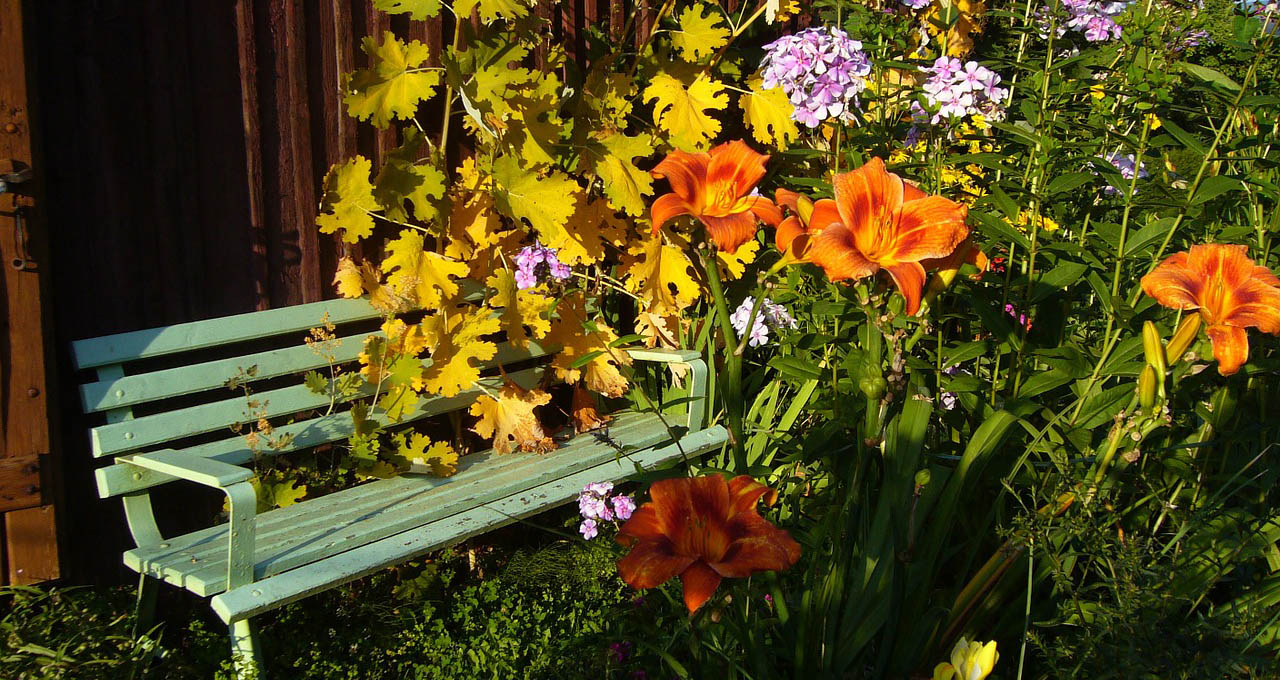|
By Anna Hazard
Introduction
Gardening is a major recreational activity undertaken by more than 78 million people in the USA (nearly 3/4ths of USA households) and is a particular favorite amongst seniors. It's an excellent form of moderate exercise and can help the elderly stay more limber and flexible. There are a variety of ways that outside landscaping and gardening can be made more aging-in-place appropriate by keeping in mind the average abilities and health concerns of an aging body
General Landscaping
Automatic sprinkler or irrigation systems as well as drip irrigation are recommended for seniors with gardens or green landscaping in order to cut down on the need for on-going maintenance and watering. In addition, it's recommended that normal grass lawns be replaced with artificial grass or other ground covering (such as stone landscaping, wood chips, mulched beds, gravel, bark, or even paved areas & paths) to greatly cut down on further maintenance. A heavy layer of ground covering in addition to black weed resistant fabric will also lower the need for constant weeding.
Statues, fountains, driftwood scenes, and other lawn decorations can be added to cut down on the need to mow, weed, or otherwise repeatedly maintain a small area of landscaping as long as the yard accents don't require repeated maintenance themselves (such as needing to repaint wood landscaping elements). Stools, benches, and other resting places should be placed in shady parts of the yard in case a senior needs to rest in the midst of tending their garden (or simply wishes to enjoy a bit of healthy outdoors viewing). Gardening Tools & Supplies
Gardening & landscaping tools should have bright colors (bought in-hand or painted at home or with handles wrapped in bright tape) to make them easier to locate for seniors especially those with visual disabilities. Tools should be the right length with long or curved handles to provide easier gripping and leverage. In addition arthritis foam grips (or do-it-yourself foam tubing) can be added to the handles of most tools for an even easier & softer handling with better traction for those with weaker hand strength.
There are also a variety of gardening products explicitly designed for seniors and those with arthritis such as kneeling benches, ergonomic tools, rolling scooters for use on lawns, and wheeled garden caddies for easier access to supplies. While the optimal garden would have everything within easy reach, an extendable grabber can be used for those with stretching problems. Garden Landscaping
For landscaping and gardening, low maintenance plants should be used. In particular drought resistant ones that will require little watering or trimming, varieties that are tolerant of a wide range of different growing conditions, as well as local & native plants that are already well known for being in symbiosis with the local ecology (and thus pose little threat of becoming invasive and growing out of control) are recommended.
Optimally, garden plants should be kept at around waist level to reduce the mobility and stamina requirements as well as the need for bending, stooping, or squatting during maintenance. While having plants accessible at 2-3 feet high is generally the easiest height for on-going care and harvesting, any additional height at all from the ground level will make tending them easier, reducing the need to bend over and also improving the general drainage of the bedding. Raising the heights of flowers, herbs, and other garden plants can be done using planters & other containers, landscape timbers (particularly plastic ones that require less maintenance), outdoor tables, cultivated raised beds, or through the use of hay or straw bales. Despite their added heights, garden beds should remain narrow enough that every area within it (including its center) remains easily reachable without strain. The bed should be approachable and usable from multiple sides (or from every side & angle when landscaping allows). For non-bed gardening (ie container gardening), lightweight containers such as resin or foam with soil-less potting mixtures are recommended. Each pot should be kept to a small and manageable size (with a preference to an assortment of plants spread throughout many smaller pots instead of a large conglomeration of plants in one larger pot). These containers can also be placed on rolling casters or stands for greater ease of mobility. Another alternative to raised bed gardening is vertical gardening which is done using trellises, arbors, cages, bamboo stakes, fences, or walls to support the vertical growth of vines and other tall plants. In this type of gardening plants can either grow up from the ground level or grown down from hanging arrangements. Hanging containers should only be used for aging-in-place if they are safely and solidly attached to a grounding element with little chance of falling and are easy to reach for watering and other possible maintenance.
|
AboutNews updates, tips, and guides on senior care, senior health, stress relief and a host of other caregiving related topics from the professionals at Ella Stewart Care. |






 RSS Feed
RSS Feed
